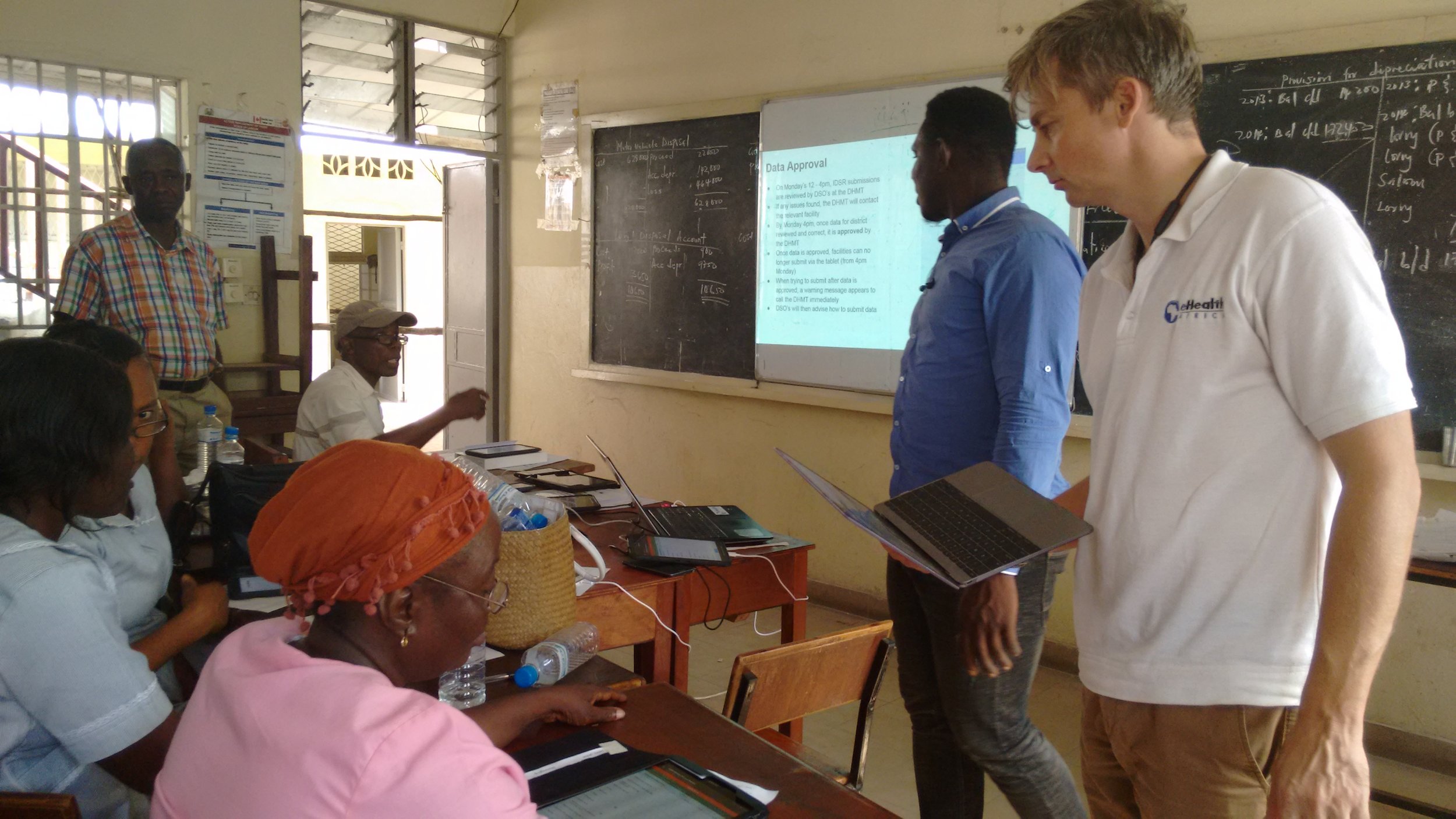By Fatima Adamu and Abdullahi Halilu Katuka
Kano Connect is a communication and information sharing platform developed by eHealth Africa, with funding from Bill and Melinda Gates Foundation in 2014. It features electronic management tools such as comprehensive directories of all the health facilities and health workers across all levels in Kano State. Using the platform, health workers can submit and review reports on routine immunization from their mobile phones or through a dashboard. Health workers on the Kano Connect platform can access the contact details of any staff and communicate for free within a closed user group resulting in prompt and quality reporting, improved visibility and effective accountability.
In 2016, eHA officially handed over the Kano connect project to the Kano State Primary Health Care Management Board. However, we continue to provide support and guidance in line with our vision. Prior to the handover, reporting rates through the platform were at an average of 25%. After the handover, reporting rates increased to an average of 95%.
This demonstrates the importance of working hand in hand with the states which we work in to ensure the sustainability of our projects and our impact.
In this blog post, we share 2 key lessons from eHA’s approach to building state ownership of the Kano Connect platform
Lesson 1: Build capacity
In the course of the Kano Connect project, eHA conducted a total of 21 trainings and workshops for over 1400 health workers across all administrative levels of the Kano state health system. The health workers worked on diverse thematic areas such as Maternal and Child Health, Nutrition, Pharmaceutical Services, Epidemiology and Disease Control and Routine Immunization.
They were trained on how to use an android phone, send Routine Immunization supportive supervision reports using the Open Data Kit (ODK) e-forms, how to use the dashboard for decision making, reporting through the LoMIS Stock applications, using the LoMIS Stock dashboard for decision making ensuring that all the stakeholders understood the platform.
Lesson 2: Train your Replacement
eHealth Africa trained 5 health workers as the pioneer members of the Kano Connect Operations Unit to manage the day to day running of the Kano Connect project. The unit members were trained on the standard operating procedures of the eHA Kano Connect team and how to execute daily tasks including:
Administrative management of the Kano Connect project
Capacity building of Kano Connect users, including onboarding of new users
Dashboard management (updating, adding, and deleting user information)
Collation of summary reports from dashboards
Information and data management through form hub
Conducting surveys (paper-based and electronic)
“Presently, I’m a data management officer for Kano Connect. eHealth Africa trained me and other Kano Connect operation unit staff to manage Kano Connect dashboard issues like updating, adding, and deleting user information and exporting Information and data management through form hub to populate a report”
Presently, Kano Connect is piloting its e- learning mobile application and dashboard in three local government areas: Fagge, Nassarawa and Gabasawa local government areas in Kano State. Kano Connect eLearning provides access to learning materials and resources that health workers can access on their mobile devices.
Once again, eHealth Africa is partnering with Kano State to ensure that that knowledge gaps are identified and that health workers can gain skills and knowledge for improved health delivery.















